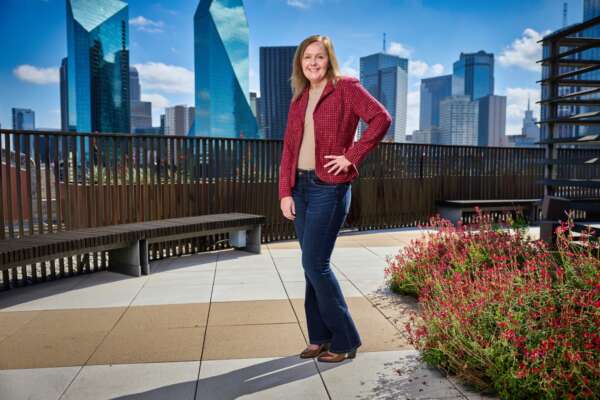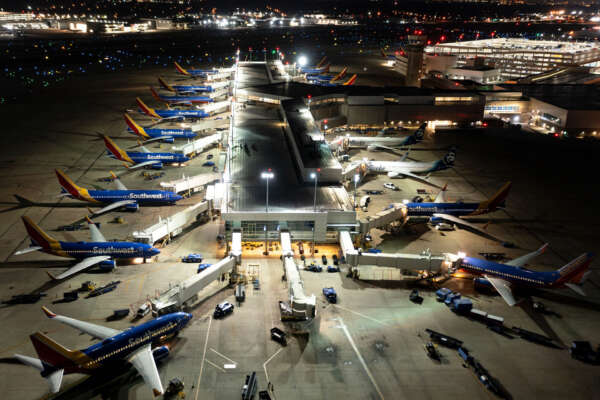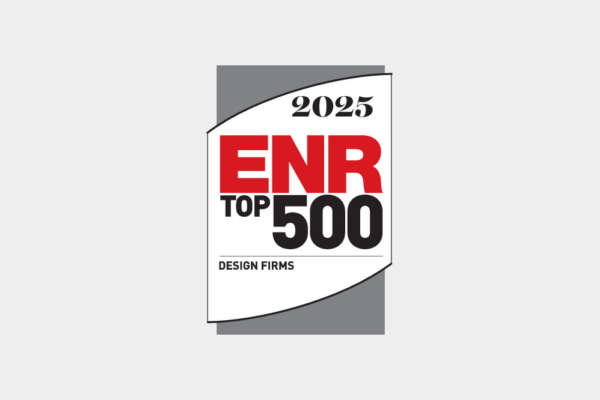Four simple starting points for airports adopting a virtual ramp control system
Virtual ramp control systems (VRCS), high-resolution digital cameras and displays that can replace the window views from physical ramp control towers, are increasingly popular at U.S. airports. For good reason, too. A VRCS presents airports with a modern solution for safety challenges posed by blind spots on brick-and-mortar ramp control towers and for challenges caused by limited ramp space due to growth. With a VRCS, airports can address current and future growth without the burden of needing new infrastructure every five or ten years.
VRCS also integrate with Airport Surface Detection Equipment, Model X, (ASDE-X) so controllers not only have clear, complete, strategic views of the ramp area but also have - on screen, at their fingertips - all the information they need about aircraft flight numbers and where aircraft are arriving from and going to next. Plus, VRCS don’t take up much real estate and are flexible when it comes to location; camera systems can be built into existing terminals or into new structures, and they’re adaptable and expandable.
By keeping air traffic running smoothly, a VRCS saves the airport money and improves the passenger experience. And that’s not all. VRCS brings other benefits, too, like increased safety and reduced CO2 emissions. So, it’s easy to see why some of our country’s biggest airports - Fort Lauderdale-Hollywood International (FLL), George Bush Intercontinental (IAH), Orlando International (MCO), and Kansas City International (KCI) - have installed cutting-edge VRCS.
Airports in Europe and Australia have already embraced this technology and it will only become more common here in the United States. More than just a trend, this technology is the future of ramp control.
That’s why last year the National Academy of Sciences published the comprehensive Virtual Airport Ramp Control Operations: A Guide (2023). An excellent resource, the guide is built on research from Airport Cooperative Research Program (ACRP) Project 10-31 and built for U.S. airport operators and stakeholders at airports of all sizes. It efficiently lays out VRCS capabilities, steps for the decision and planning process, cost considerations, and more. I recommend it.
I also recommend, as someone with experience in VRCS procurement and installation at KCI and Nashville International Airport, four practical and simple starting points for finding the right partners when it comes to acquiring this technology. Because who you work with and how everyone is brought together is as important to a successful outcome as understanding all the steps in the planning process.
Starting point 1: Select the engineer and consulting firm that can serve your airport best.
As you know, a good consultant is an engineer you work well with, who makes the lives of airport operators, staff, and stakeholders easier. In the case of VRCS procurement and installation, this consultant should also come with the experience of successfully installing a VRCS.
An engineering consultant who’s successfully overseen a VRCS procurement and install before brings a valuable understanding of the unique aspects of this kind of project, which straddles both landside and airside elements. A VRCS can, for example, impact the terminal (we may have to install support structures on the terminal roof, to name just one possibility). It can also interact with airfield lighting controls and impact other exclusively airside items.
Knowledge of both airside and landside work helps an engineer keep VRCS projects on task and within budget. Experience delivering a VRCS helps that engineer avoid pitfalls or navigate them faster and more effectively than someone without that experience would be able to do. And that’s just when the airport is in the installation process. An engineer experienced in procuring VRCS is also incredibly valuable early on, well before the installation begins.
The need for VRCS, in my experience, arises quickly, when an airport or airline realizes that the need is there and must be addressed as soon as possible. An engineer with VRCS know-how is a time-saver, able to help airports steer clear of time-consuming back and forth with vendors by anticipating what information vendors will need to submit a bid. When the airport can work through the front-end details like where mechanical and electrical spaces will live, what will route to where, and so on, the project can move as quickly as possible and be high quality.
In addition, a VRCS-experienced consultant can help the airport navigate the pluses and minuses of vendors to arrive at the vendor that can best meet the needs of the airport.
Starting point 2: Select the vendor that can serve your airport best.
When KMCI was working on its new, state-of-the-art terminal, they realized that airport controllers didn’t have a clean line-of-sight on the terminal’s back side. They decided to implement a VRCS solution. And during the design phase they visited FLL to see the VRCS it’s been using, which came from Saab Technologies. They also visited IAH, which also has a VRCS from Saab, effectively taking in two different approaches from the same vendor.
That’s exactly what you should do when choosing a vendor: see proof of installation. Perhaps you’ve had your eye on one vendor for a bit, like KMCI had their eye on Saab, or maybe you’re starting fresh and looking at work from different vendors. Either way, talk to fellow airports where the technology has been installed and go see the installation in operation. Ask about problems the airport has experienced, and about pain points the technology has removed.
And talk with your engineer about the vendor’s components and their capabilities. Will components be outdated - because they’re changing and improving so rapidly - by the time the procurement process is complete?
Starting point 3: Select the service provider that’s best suited to your airport.
When considering a service provider, consider equivalent service location experience, the experience and resume of the manager, planned training, and the minimum staffing levels of the provider. And just like with the choice of engineer and vendor, make sure that the service provider is someone you’re comfortable with, who has a successful track record with VRCS.
Starting point 4: Finally, decide which kind of project delivery is best for your airport.
How will you bring the various teams you’ve selected - the vendor, ramp services provider, engineers - together? Will you use a turnkey solution or select each team one by one for a more custom solution?
With a turnkey solution, the airport hires the vendor, the provider, and the engineer all in one fell swoop, under one contract. Costs can be better controlled since a fixed price will be established. Plus, having selected a vendor who is already partnered with a ramp services provider and engineering consulting firm will make the overall procurement process easier since the work of selecting those partners is already done.
Airports do have more control with a custom solution, as they have access to a larger variety of components for selection. But creating individual contracts also creates a lot of additional work for airport staff.
While a custom solution is a viable option for an airport, I’m a fan of the turnkey package because I’ve seen how it makes the acquisition of this technology easier for airport operators and stakeholders.
If your airport is considering this option, you’ll want to be comfortable with the engineer, vendor, and ramp services provider before that presentation of a turnkey package for a single contract. The same is true if you’re considering the custom solution; you’ll want to have a good understanding of what each group offers, and which are the best fits for your airport before entering into contracts.
Electrical expertise meets industry advancement
Over the last 20 years I’ve delivered hundreds of what we consider standard airfield electrical projects – runway and taxiway lighting rehabilitations, electrical vault design and relocations, and electrical master plans among them – at airports of all sizes across the country. Putting that experience to good use on VRCS projects in the last few years has been especially rewarding. I’m pleased to see the industry advancing thanks to this technology and to help bring its benefits to airport operators, airlines, and passengers.









Share this article